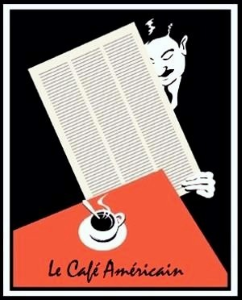 BRICS Rising
BRICS Rising
While we’re on the topic of Russia, my brothers, I thought it would be an excellent time to go through some of the newest, crucial headlines from that land, with an eagle eye. These headlines are striking affirmations, that further validate that what we’ve been saying here at the Truth HQ, is 100% on the money! There can be no doubt that an alliance, called the BRICS, is positioning itself to be the new anti-globalist, anti-Western central banking force in the world.
In fact, there are well-respected voices within the Kremlin, who’ve now called upon the leaders of the East to step up the game-plan of the BRICS, and turn it from a mere trade and economic union, to an overtly, D. C.-blocking, anti-dollar alliance.
Rest assured that with each passing day, every new brain-dead sanction that D. C. and Brussels hurl at Russia, is actually just another fresh log on the fire, incinerating their own power.
The West is descending into tyranny and poverty, while the East is making strides toward financial and economic liberality, and at ‘double time’. It’s self evident that these preparations are being enacted, in order to live as best they can, in a post-dollar world.
If roughly half the world’s population is making those preparations, then doesn’t that behoove each of our brothers here to do the very same? In fact, to all you preppers out there, each time you read the words ‘East’ and ‘preparation’, your spidey senses should be tingling. You should instantly tell yourself:
If Moscow is doing it…
If Beijing is doing it…
If New Delhi is doing it…
If Cape Town and Brasilia are doing it…
Then maybe this ‘prepping thing’ has gone mainstream where ‘mainstream’ matters most.
You’ve got to remember, that when you when think ‘mainstream’, you cannot do it in terms of what’s happening in America and much of Europe any longer. The words ‘Western’ and ‘relevance’ are quickly divorcing themselves from one another, after enjoying a longstanding, cozy romance.
So let’s take a gander at the newest move that Moscow is taking, to reassert her role as a world-class power player.
Transportation Innovation
Whether you realize it yet or not, railway travel is going to be an enormously important factor in the years ahead, for a host of reasons. There will come a time when many will simply not be able to hop in their car, and literally travel across a continent. The cost, at some point, will be extremely prohibitive. From the factor of ‘peak oil’, which many studious, and well-read analysts talk of, to the fact that those in the West are simply less able to afford that new car(or the gas which fuels it), the keen importance of a rock-steady railway sector is quickly becoming apparent again.
This post was published at The Wealth Watchman on OCTOBER 22, 2014.
 Inquiring minds are tuned into the Saxo Bank’s 4th Trading Debate on Volatility and Performance.
Inquiring minds are tuned into the Saxo Bank’s 4th Trading Debate on Volatility and Performance.


















 Follow on Twitter
Follow on Twitter
Recent Comments